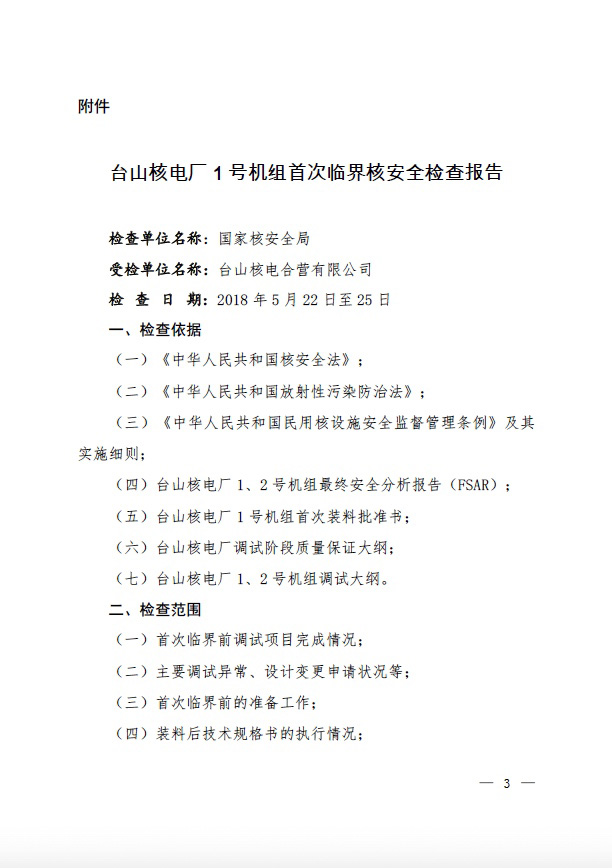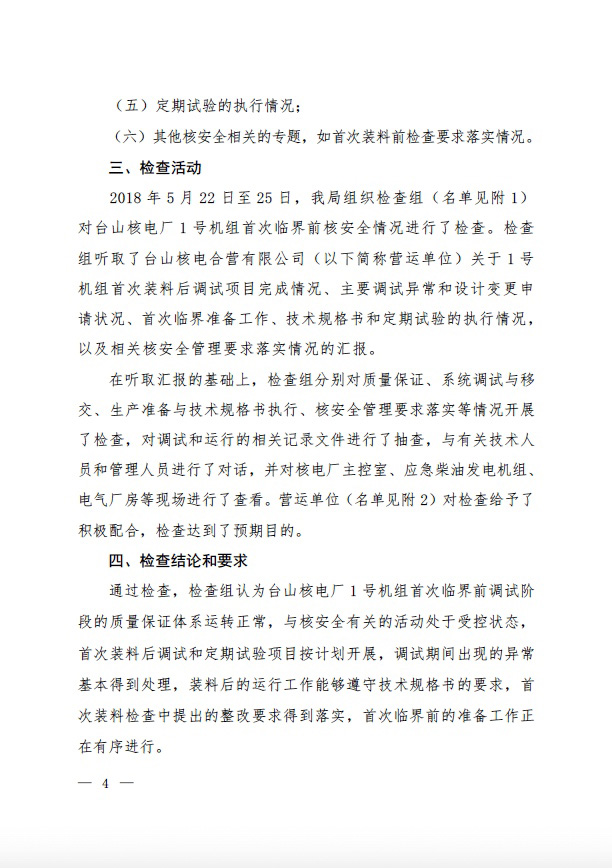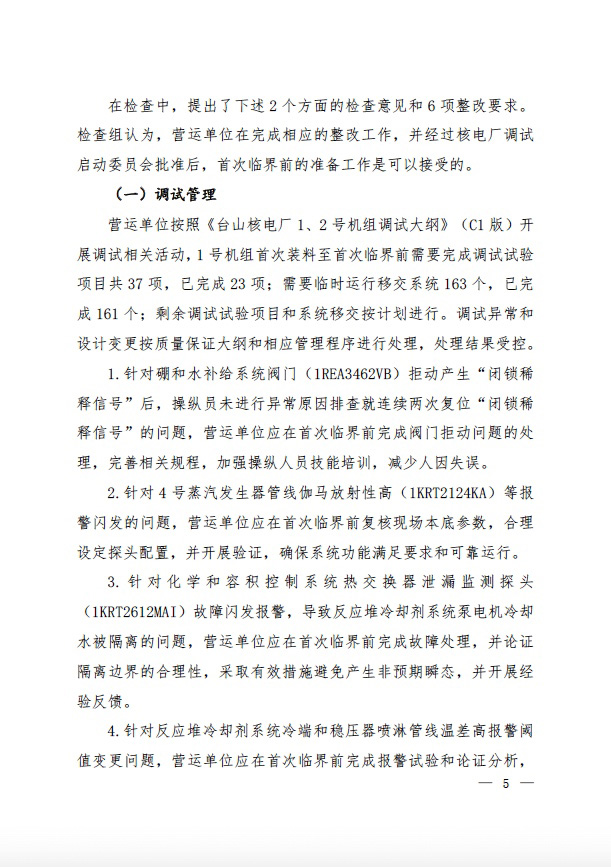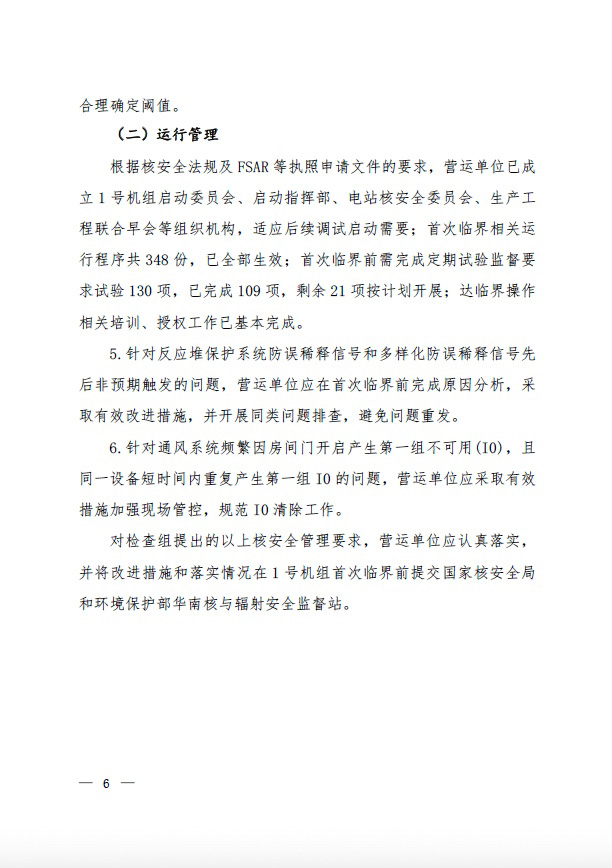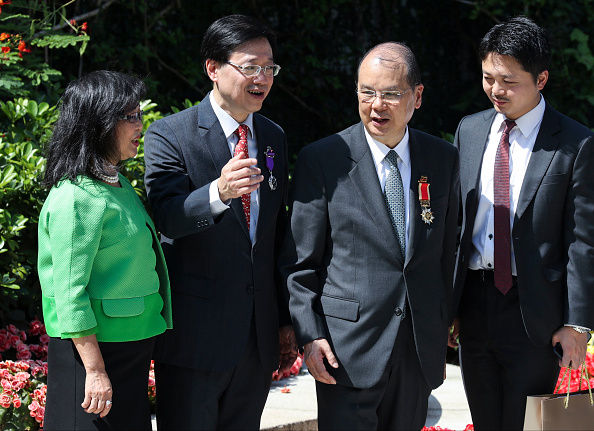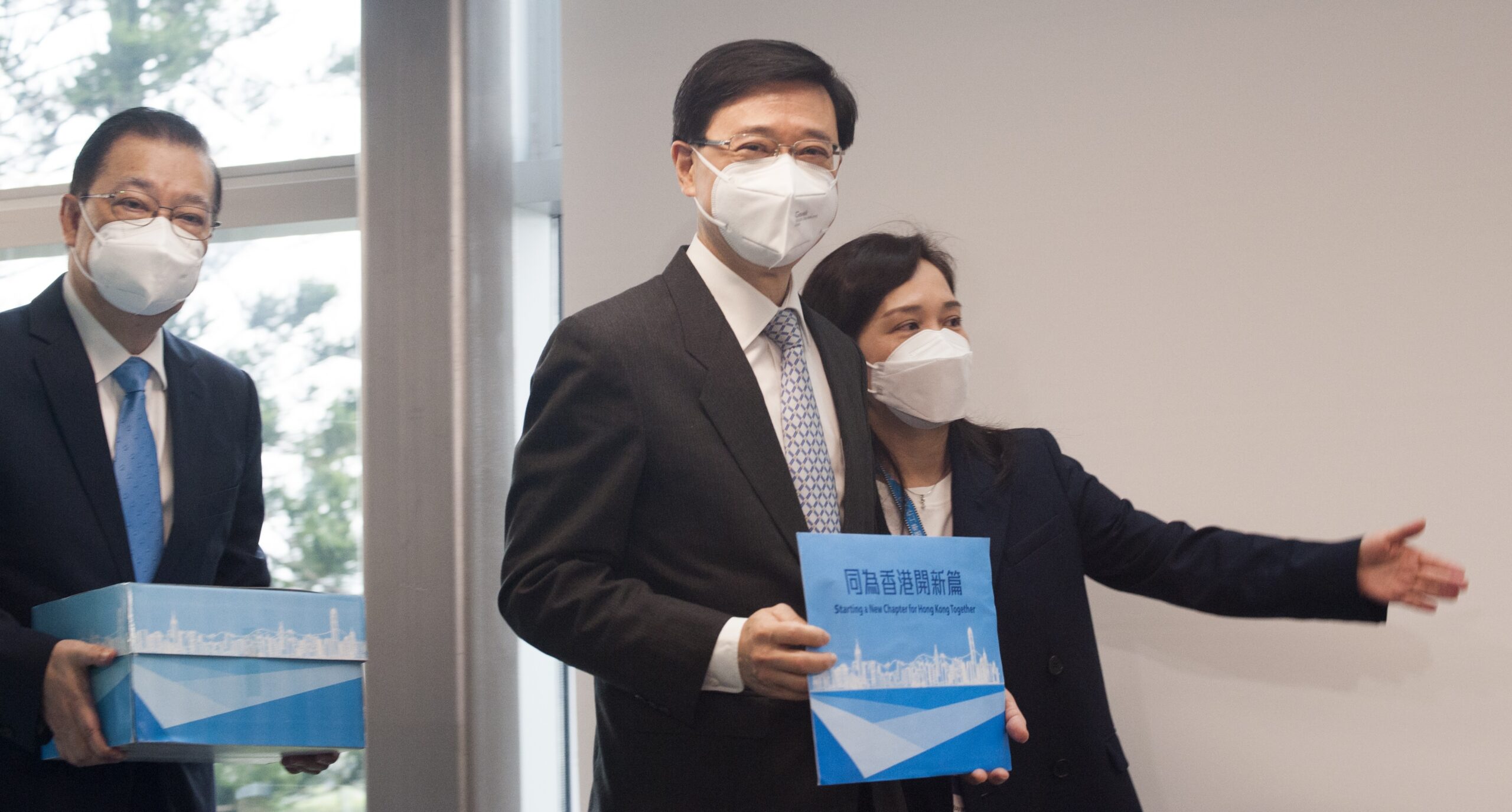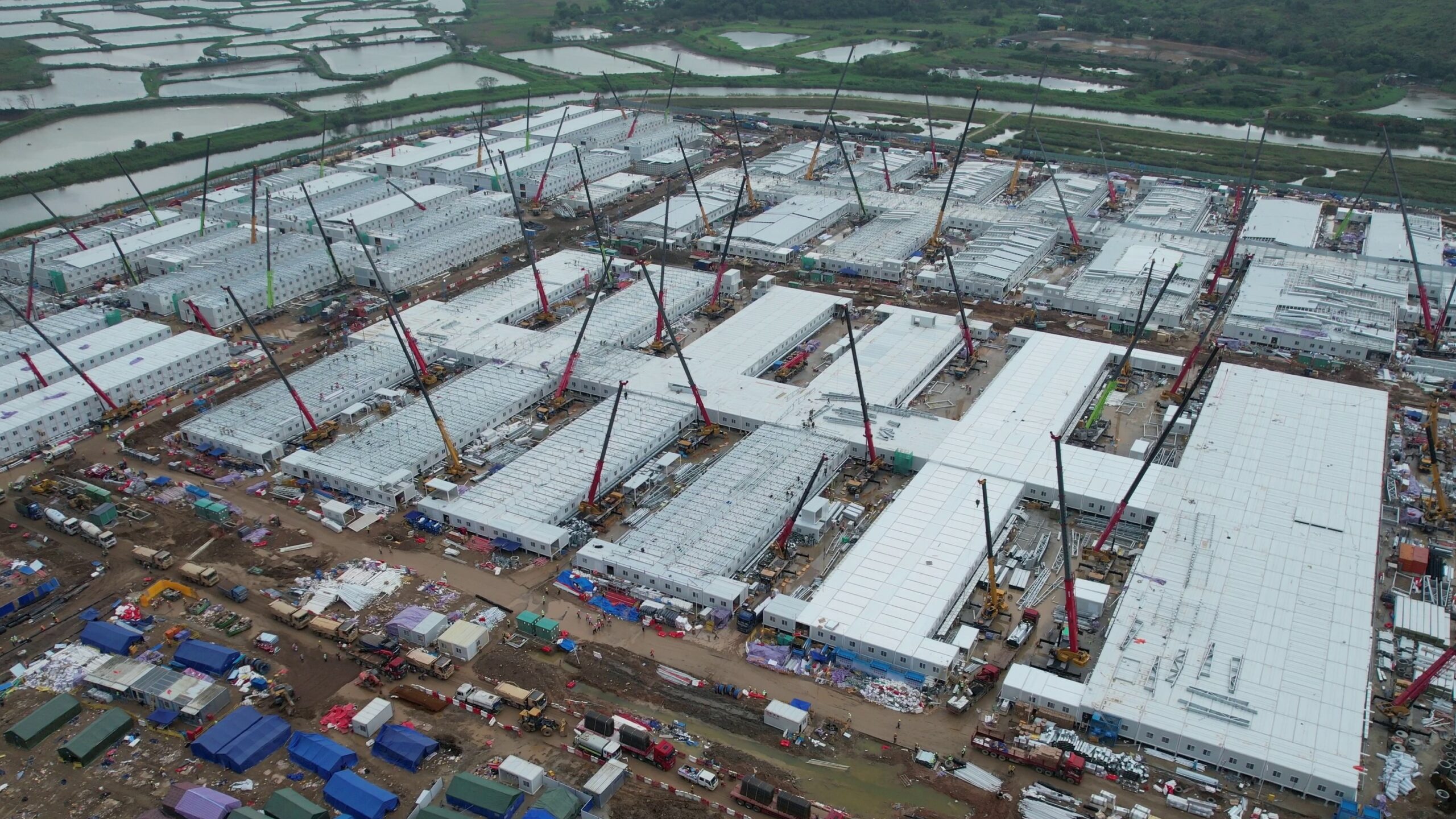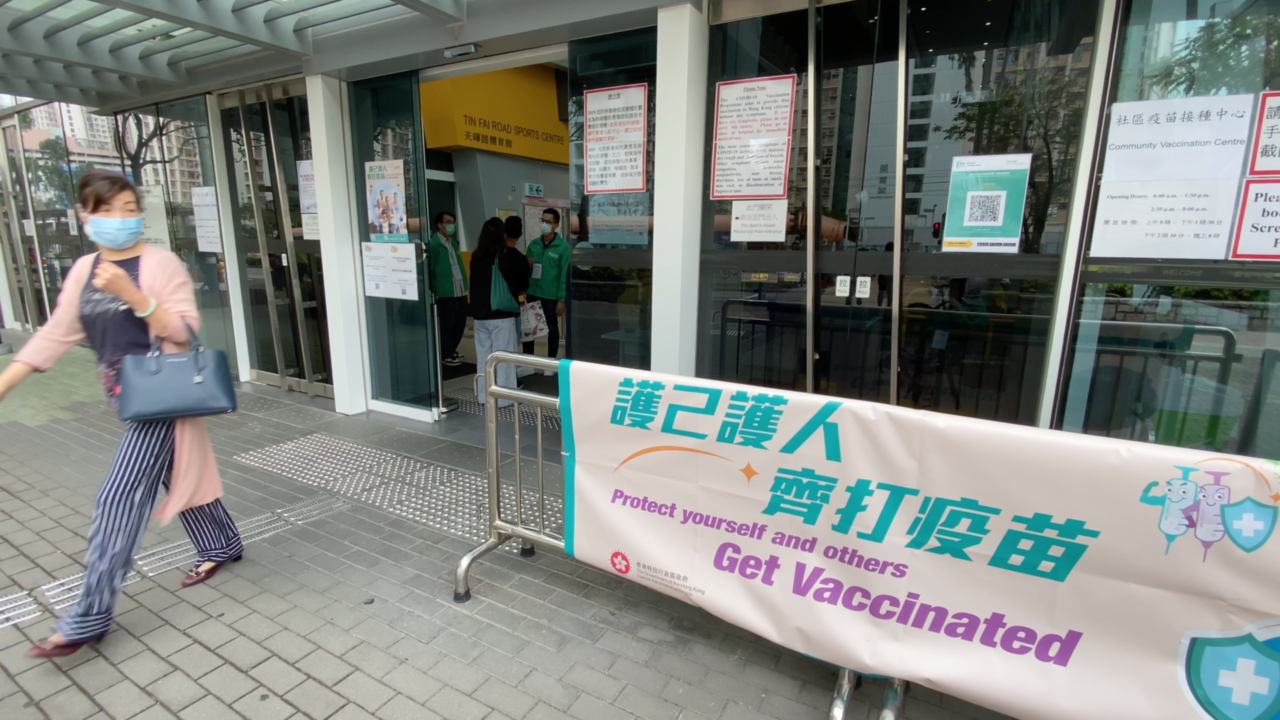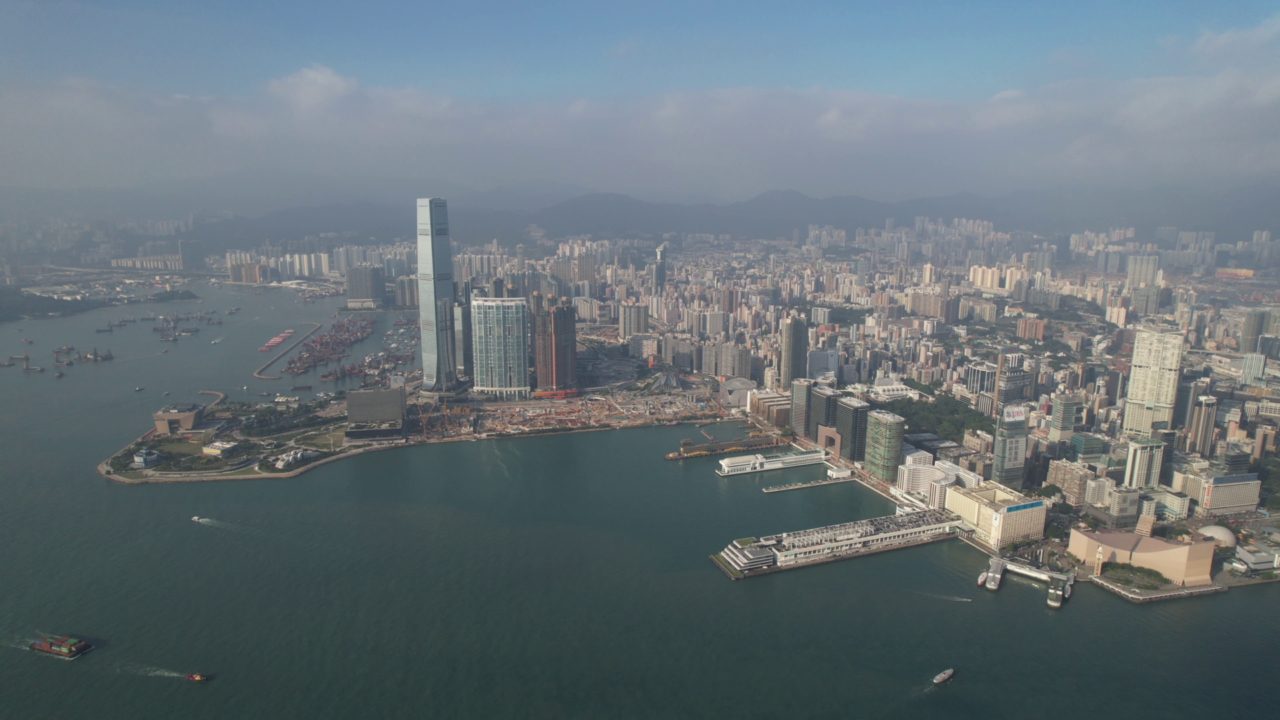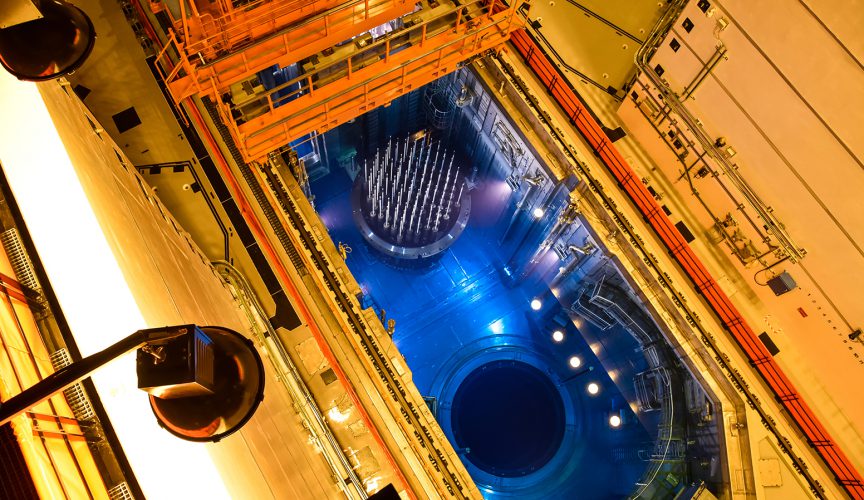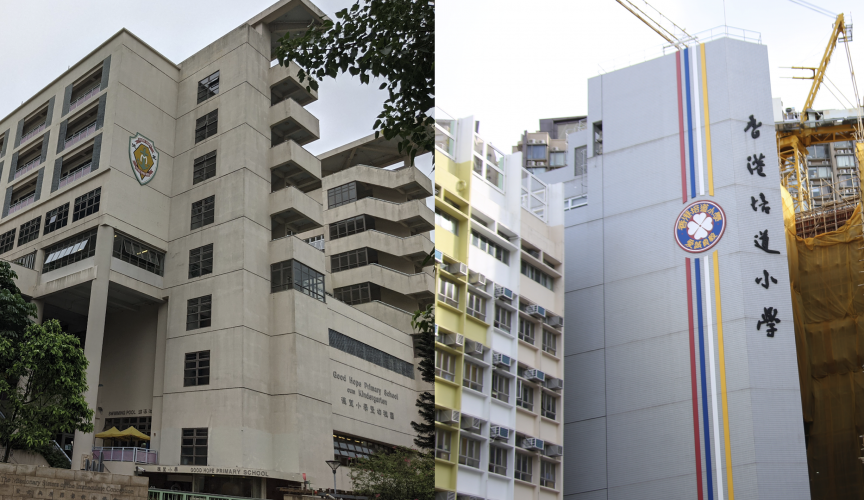It comes less than six months after FactWire revealed cracks in important components of the same reactor, including a defective reactor vessel head that is set to remain in use for seven years
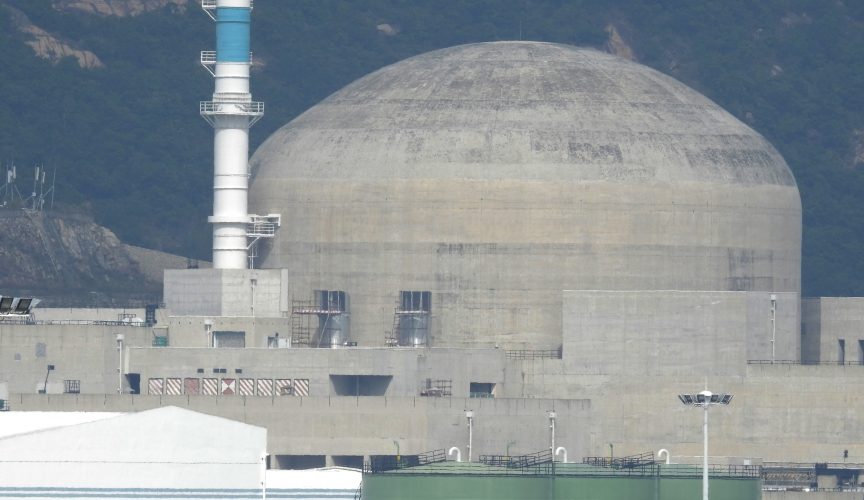
Unit 1 of the much delayed Taishan nuclear power plant in Guangdong province has secretly started up earlier this month, despite new problems identified by China’s National Nuclear Safety Administration (NNSA) just one week earlier.
It comes less than six months after an investigation by FactWire revealed cracks in important components of the same reactor, including a defective reactor vessel head that is set to remain in use for seven years.
As projects using the same design in Finland and France continue to be plagued by delays and faults, Taishan unit 1 is scheduled to become the first European Pressurised Reactor (EPR) to enter commercial operation.
Data from the International Atomic Energy Agency (IAEA) shows that the reactor has reached first criticality, the point at which a nuclear reaction begins, on 6 June, although CGN Power, the plant’s major shareholder, did not officially announce the start-up on its website.
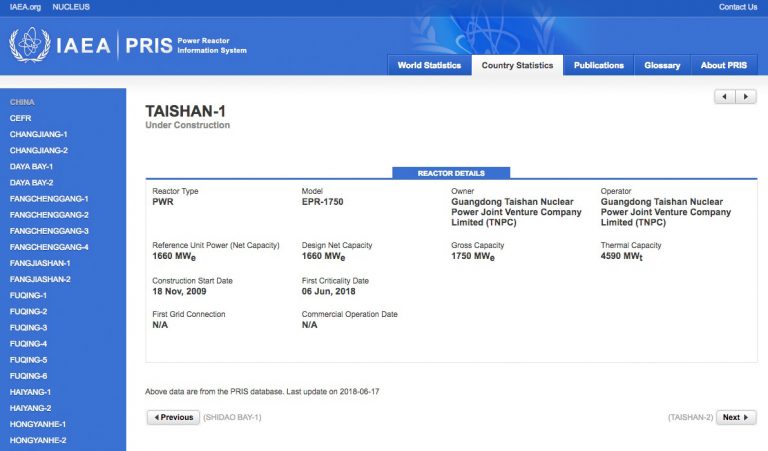
However, in a report published just a week earlier, the NNSA had identified six major issues in Taishan unit 1 following a safety inspection in late May. It further said that the operator, Taishan Nuclear Power Joint Venture, must rectify the problems before starting up the reactor.
According to the report, the problems included equipment malfunction such as failure of reactor monitoring systems, and human error in responding to false alarms.
The Chinese regulator called for ‘increased training for operating staff in order to minimise human error’, but did not mention how much time was supposedly required to resolve the issues.
It is also unclear whether the company has already rectified the problems.
The reactors at Taishan uses seawater as coolant, which is then pumped back into the sea. A satellite image taken on 10 June shows that the warm water discharge in the plant’s 3.4km water channel is clearer than normal seawater.
Another satellite image taken on 17 June also shows the plant discharging water, which created a 250-metre long wave in the channel. Both images suggest that the cooling system was in operation.
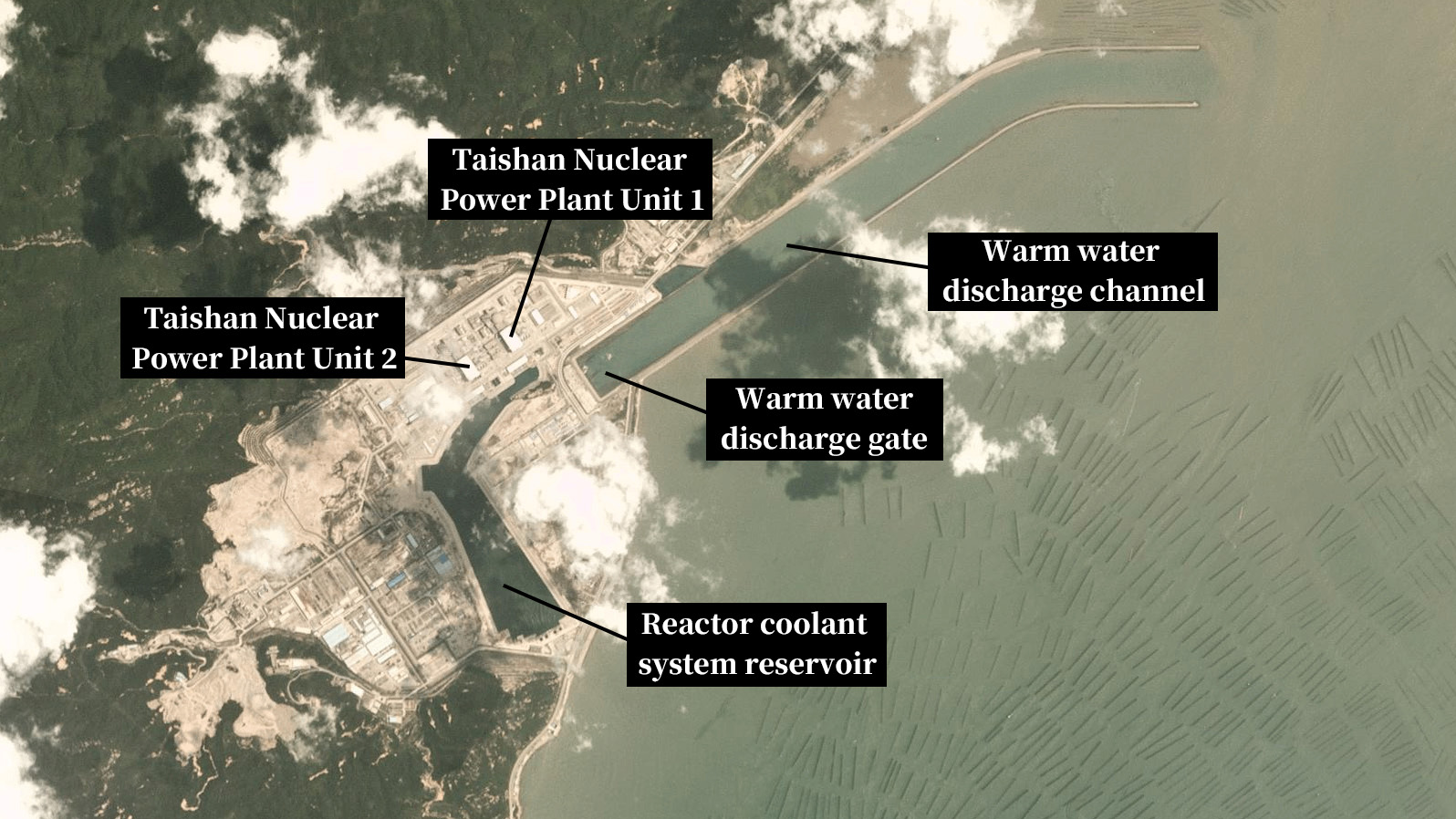
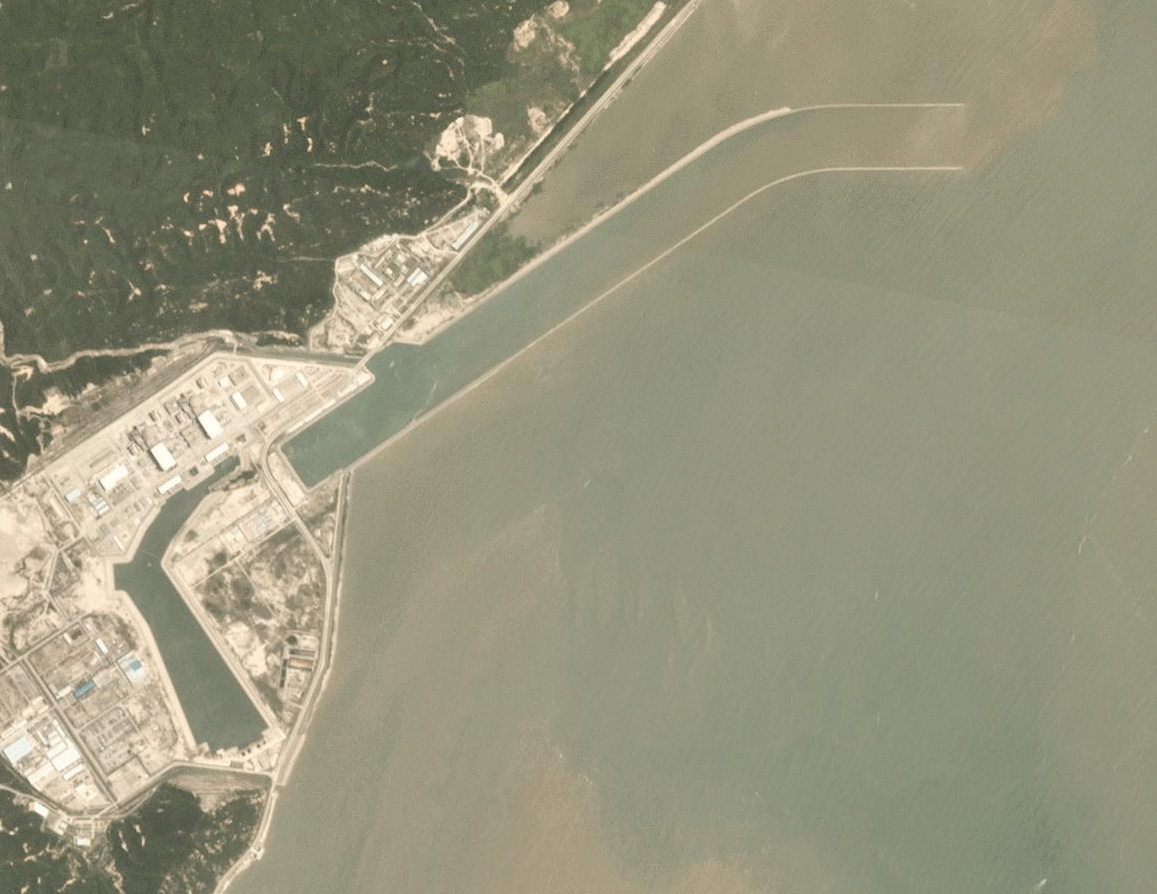
China was the third country to build the new-generation French-designed EPRs, after Finland and France – both of which are facing construction setbacks.
In 2015, the reactor vessel heads at France’s Flamanville 3 were found to have weak spots due to carbon concentrations that could weaken the resilience of the steel.
The reactor was later ruled fit for service by French nuclear regulator ASN, but utility firm EDF, the owner of Flamanville 3 and also a minority partner in the Taishan project, must replace the vessel head by 2024.
Meanwhile at Taishan, when the NNSA issued a fuel loading permit for unit 1 in April, it only required CGN to develop a testing method for its reactor vessel head ‘as soon as possible’.
‘If developments fail or test results are unfavourable, the cover shall not be used by the end of April 2025,’ the permit reads.
Earlier in January, the NNSA published another inspection report which listed 20 areas for improvement at Taishan, including ‘unclear roles and responsibilities’ concerning fuel loading.
The report also pointed out that some pipelines required frequent repairs due to welding defects, for which the operator was only instructed to perform standard inspections and testing.
Other problems identified in the report included wrong signage in the plant, lock failure in high radioactive areas, random reboots of the digital reactor monitoring system and incomplete training for nuclear fuel operators.
In December, FactWire revealed that a deaerator in Taishan unit 1 cracked during testing and must be replaced, as well as high carbon concentrations in upper head of a steam generator that had make them more prone to cracks. At the time CGN only admitted that there were ‘partial defects’ in the welding of the deaerator.
CGN did not respond to FactWire’s enquiries regarding the start-up.
This story has been republished or cited by:

